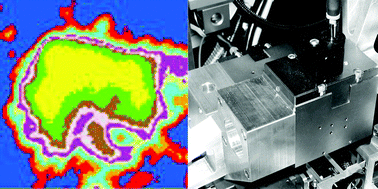Carbon speciation in airborne particulate matter with C (1s) NEXAFSspectroscopy
Abstract
Recent and current research activities on the chemical characterization of carbon in airborne carbonaceous particulate matter with near-edge X-ray absorption fine structure (


 Please wait while we load your content...
Please wait while we load your content...